#Persian Rug
Explore tagged Tumblr posts
Text

dark blue persian wool rug from Kashan, Iran. 399x299 cm.
277 notes
·
View notes
Text

100 Designers' Favorite Rooms, 1994
#vintage#vintage interior#1990s#90s#interior design#home decor#office#desk#persian rug#stone#wall#sculpture#glass#contemporary#painting#leather#furniture#style#home#architecture
485 notes
·
View notes
Text
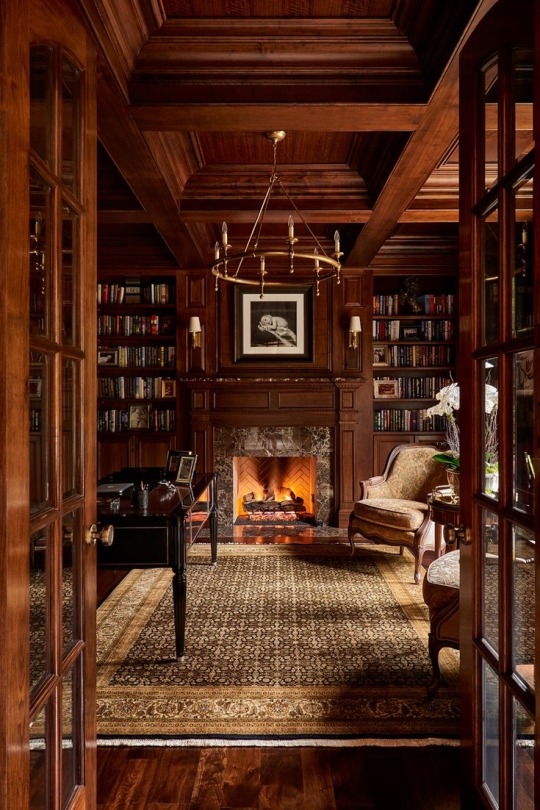
#library#home library#interiors#architecture#wood#interior design#interior decor#books#rug#carpet#study#home study#fireplace#fire#home#house#room#Persian rug#persona
1K notes
·
View notes
Text

107 notes
·
View notes
Text
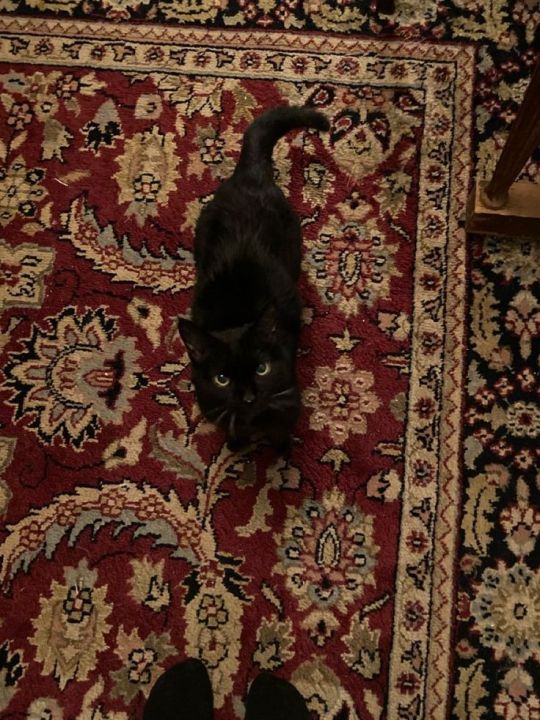
62 notes
·
View notes
Text

Teresa, or Teresia Sampsonia, Lady Shirley (1589–1668)
Artist: Sir Anthony Van Dyck (Flemish, 1599-1641)
Date: 1622
Medium: Oil on canvas
Collection: National Trust Collections, United Kingdom
Description
Teresa Sampsonia (born Sampsonia; after marriage Lady Shirley, 1589–1668) was an Iranian-English noblewoman of the Safavid Empire of Iran. She was the wife of Elizabethan English adventurer Robert Shirley, whom she accompanied on his travels and embassies across Europe in the name of the Safavid King (Shah) Abbas the Great.
Teresa was received by many of the royal houses of Europe, such as English prince Henry Frederick and Queen Anne (her child's godparents) and contemporary writers and artists such as Thomas Herbert and Anthony van Dyck. Herbert considered Robert Shirley "the greatest Traveller of his time", but admired the "undaunted Lady Teresa" even more. Following the death of her husband from dysentery in 1628, and due to impediments from grandees at the court, and the authorities, during the reign of Abbas's successor and grandson Safi (r. 1629–1642), Teresa decided to leave Iran. She lived in a convent in Rome for the rest of her life, devoting her time to charity and religion. As a pious Christian, and because of her love for her husband, Teresa had Shirley's remains transported to Rome from Isfahan and reburied; on the headstone of their mutual grave she mentions their travels and refers to her noble Circassian origins.
Thanks to her exploits, Teresa has been described as someone who subverted patriarchal gender roles common to the Muslim and Christian cultures of her time. Due to their hybrid identities and adventures, Teresa and her husband became the subject of several contemporary literary and visual works. Nevertheless, the story of Teresa as an important woman of the 17th century has been largely overshadowed and obscured by the tale of her husband Robert and his brothers.
Together they made two extended voyages across Europe. In 1611 they travelled to England where Teresa gave birth to their son, Henry. In 1613 they returned to Isfahan on an East India Company ship. The Shirleys continued to travel over the next decade to India, Portugal, Spain and Italy. They went to Rome in 1622, and this picture and the pendant portrait of Robert can be dated to Van Dyck's first visit to the city.
Van Dyck’s training with Rubens had sharpened his eye for the enriching effect offered by sumptuous garments such as those worn by Lady Shirley. Van Dyck had also recently begun to absorb the lessons of Titian and the other great Venetian colourists.
Teresa was a gifted linguist and spoke more than half a dozen languages. Historian Bernadette Andrea recounts how she saved her husband’s life on at least two occasions: ‘once as they set off on their first journey when his Persian enemies sought to kill him, which earned her the accolade "a true Amazon" and again when the couple encountered hostile Portuguese traders on their way to Goa.’ (See the entry for 'Lady Teresa Sampsonia Sherley' in the Oxford Dictionary of National Biography).
After Robert’s death, Teresa was accused of the capital crime of apostasy and her property was confiscated. She became a fugitive, hiding in an Augustinian church in Isfahan and an Armenian convent just outside the Safavid capital. She received a special permit to travel, went to Istanbul for three years and then on to Rome where she settled and remained for more than three decades until her death in 1668.
#portrait#teresa sampsonia#safavid empire of iran#golden dress#persian rug#seated#veil#jewels#iranian noblewoman#oil on canvas#artwork#fine art#oil painting#iranian history#anthony van dyck#flemish painter#national trust collections#flemish art#17th century painting#european art
25 notes
·
View notes
Text
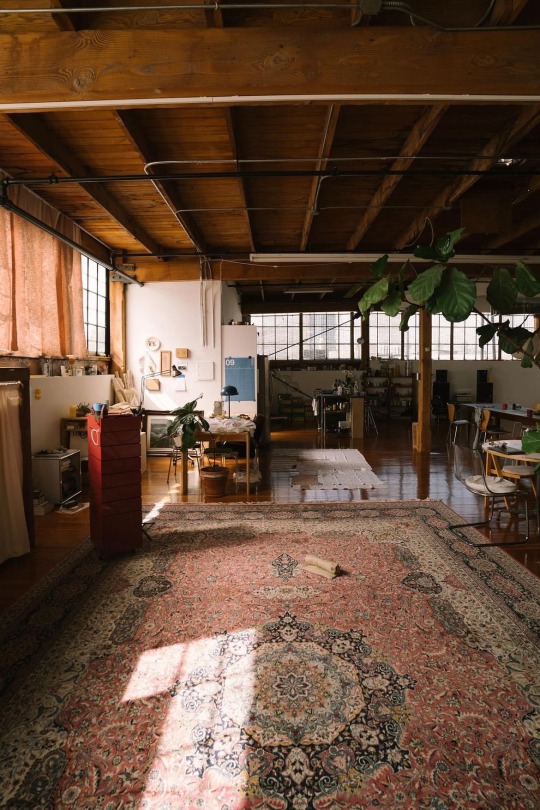
199 notes
·
View notes
Text

#architecture#interiors#interior design#interior decor#kitchen#windows#persian rug#hardwood flooring
58 notes
·
View notes
Text


rug inspired by bakhtiari rugs 🌱
#couldnt pick between these two colorways#persian rug#bakhtiari#how do i tag shit bro does anyone even go into the rug hashtag 😭#rug
721 notes
·
View notes
Text




Persian Rugs
28 notes
·
View notes
Text
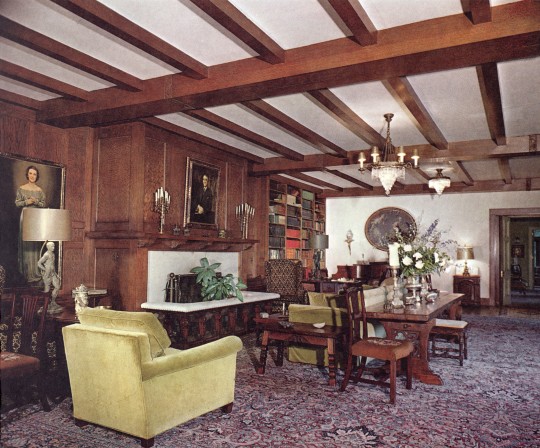
A Treasury of Great American Houses, 1970
#vintage#vintage interior#1970s#70s#interior design#home decor#living room#salon#fireplace#library#antique#beamed ceiling#wood panel#persian rug#silver#collection#traditional#American#style#home#architecture
601 notes
·
View notes
Text
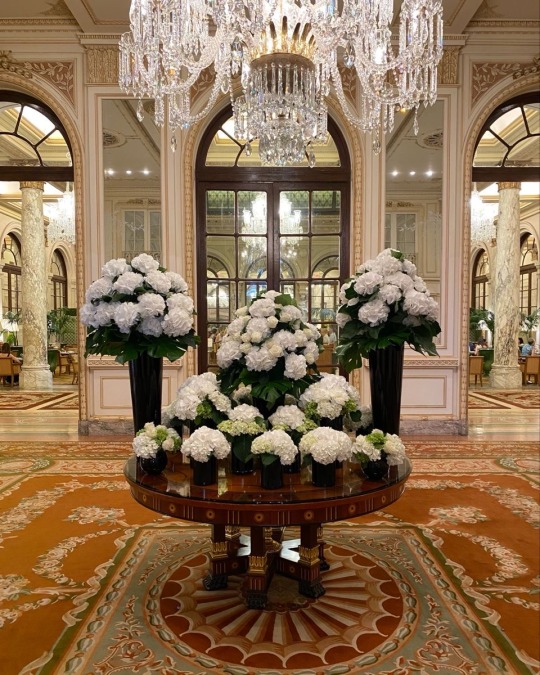
#ritz Paris#chandelier#flowers#hydrangeas#florals#flower#carpet#rug#Persian rug#interiors#hotel#glitz#glam#fabulous#luxury#interior design#architecture
446 notes
·
View notes
Text









#Spotify#sadgirl#ultraviolence#girlblog#female manipulator#female hysteria#gaslight gatekeep girlboss#manic pixie dream girl#moodboard#cunty#bella hadid#law kont#arab#arabic#persian rug#lilies
17 notes
·
View notes
Text

Tapis Doruksh, Perse de l'Est, vers 1890
Sotheby’s — Une famille et Napoléon, Collections du Maréchal Berthier, Prince de Wagram, Lot 108
18 notes
·
View notes
Text
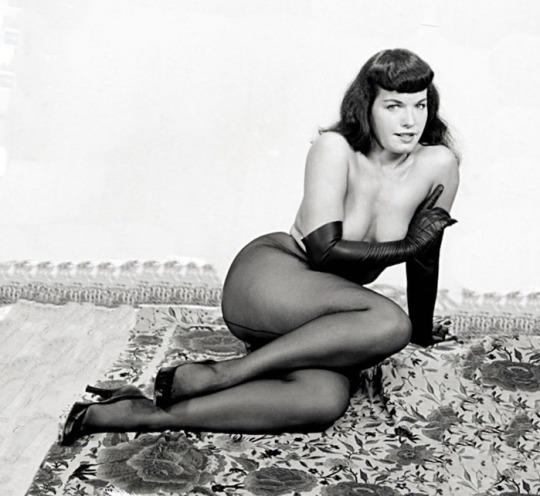
Bettie On The Floor
#bettie page#bettiepage#sexy#long hair#beautiful smile#long legs#betty page#beautiful face#beautiful eyes#high heels#Persian Rug#long black gloves
48 notes
·
View notes
